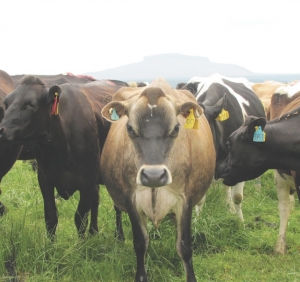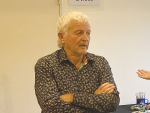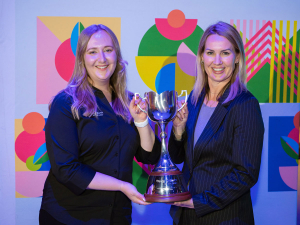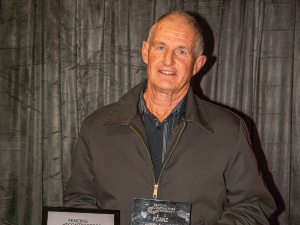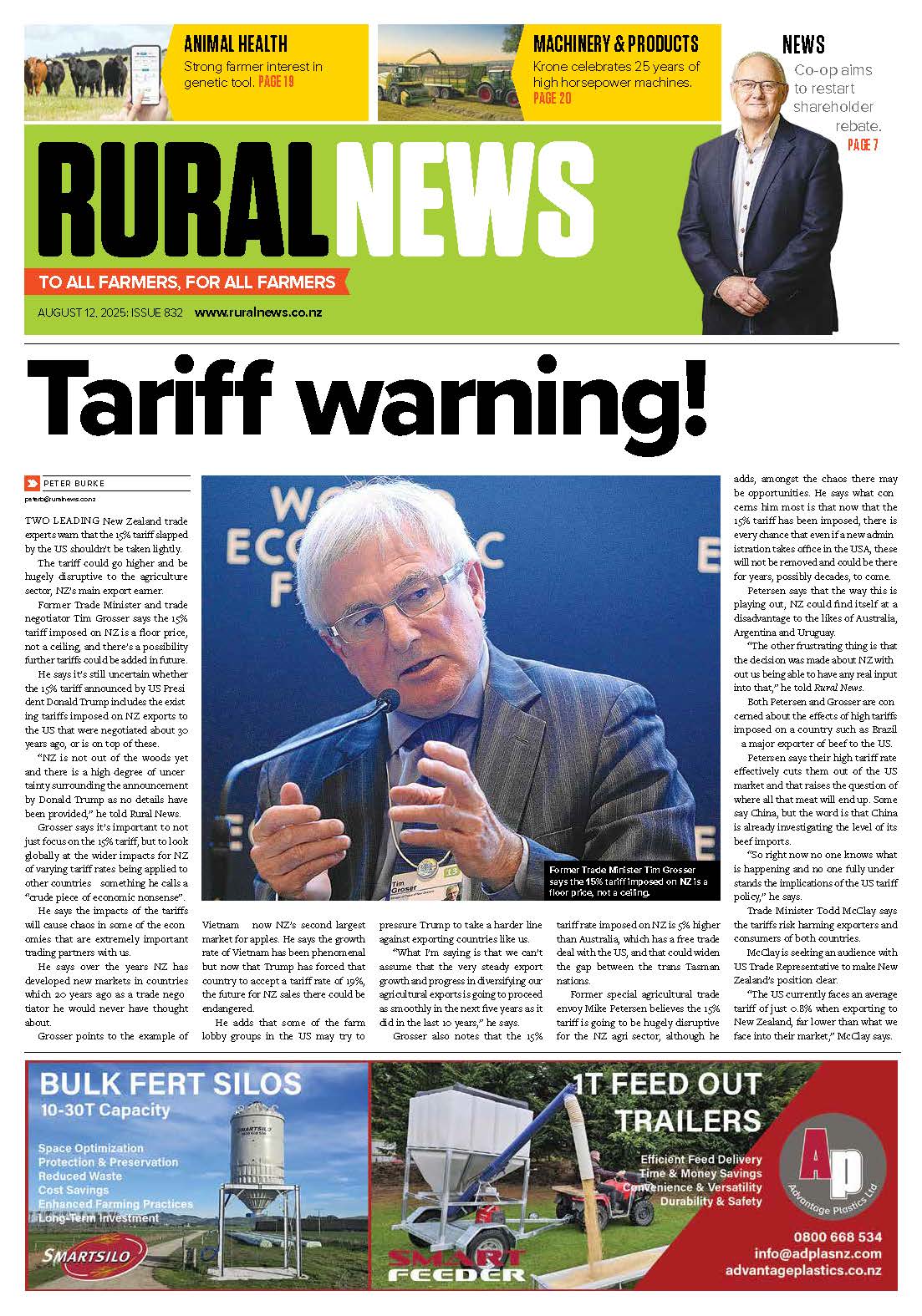The Munich University of Technology has found an infertility issue in Fleckvieh cattle, the second-largest breed in the world, to be caused by a single recessive gene, TMEM95.
The mutation makes bulls virtually infertile, with a success rate for insemination of less than 2%.
“Otherwise, the animals are perfectly healthy and normal,” researcher Hubert Pausch Pausch says.
“The characteristic only manifests itself if bulls inherit the mutation from both the male and female side, i.e. they are homozygous for the defective gene… . It is only in this case that the animals should be excluded from breeding.”
The defect’s been traced to one Fleckvieh animal born in 1966.
Meanwhile a team of Finnish and Danish researchers have uncovered a genetic deletion that boosts milk yield but causes embryonic death in Nordic red breed dairy cattle.
The presence and effects of the mutation, discovered by scientists from Aarhus University, University of Liège, MTT Agrifood Research Finland, the Danish Agricultural Advisory Service and Nordic Cattle Genetic Evaluation, suggest there’s more to the problem of reduced fertility in high yielding herds than just negative energy balance.
“The fact the mutation is recessive means that both parents must carry it and pass the genes on to their calf for the calf to be affected,” says Goutam Sahana, one of the authors of the research report in online journal Plos One.
The mutation is relatively common in Nordic Red cattle, but absent in Nordic Holstein and Danish Jersey populations, they found. It’s estimated 2.89%, 1.32% and 0.42% of embryos are dying in Finnish Ayrshire, Swedish Red and Danish Red cattle respectively due to the mutation.
The deleted gene sequence causing the embryo mortality has become relatively widespread because selection for high milk yield has inadvertently selected for embryo mortality too. – Alan Harman





